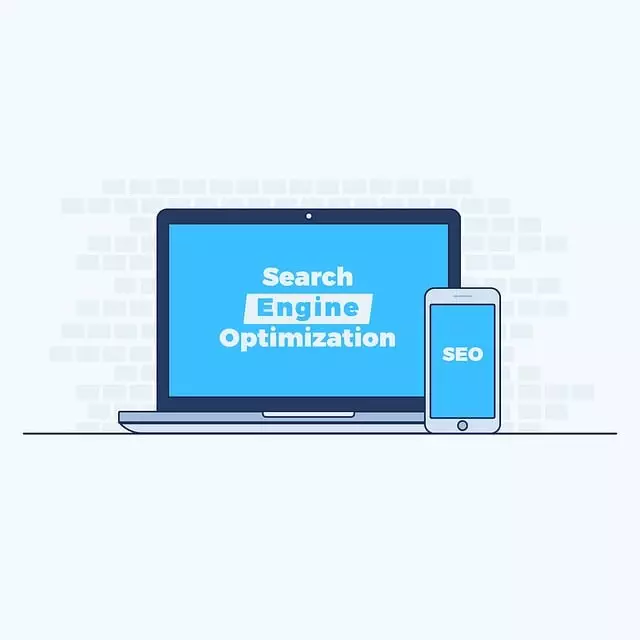In New Jersey's competitive digital market, mobile-first website development and responsive web design (RWD) are vital for online success. RWD adapts websites to various devices, enhancing user experience, reducing bounce rates, and boosting conversion rates. Mobile page speed optimization techniques like image compression and caching significantly improve performance, making sites more engaging and visible on search engines. These strategies drive repeat visits and trust, crucial in a bustling online market where mobile users overwhelmingly outnumber desktop visitors.
“In today’s digital landscape, mobile conversion rate optimization (MRO) is vital for businesses in New Jersey seeking online success. With a growing number of users accessing websites via mobile devices, understanding and optimizing user experiences are key to driving sales and engagement. This article explores the essential components of MRO, focusing on responsive web design in New Jersey as a strong foundation. We delve into mobile-first website development strategies, emphasizing speed and usability, and uncover key techniques for optimizing mobile page speed to enhance performance and conversions.”
- Understanding Mobile Conversion Rate Optimization: The Importance of User Experience
- Responsive Web Design in New Jersey: Building a Strong Foundation for Mobile Success
- Mobile-First Website Development Strategies: Prioritizing Speed and Usability
- Optimizing Mobile Page Speed: Key Techniques to Enhance Performance and Conversions
Understanding Mobile Conversion Rate Optimization: The Importance of User Experience
In today’s digital era, mobile conversion rate optimization (CRO) has become a vital strategy for businesses in New Jersey looking to thrive online. With an ever-increasing number of users accessing websites via their smartphones and tablets, optimizing for mobile has become non-negotiable. The key to successful mobile CRO lies in prioritizing user experience (UX). A well-designed, responsive web design that adapts seamlessly to different screen sizes is essential. In a world where mobile-first website development is the norm, ensuring your site loads quickly on mobile devices can significantly impact conversion rates.
Mobile page speed optimization plays a crucial role in this process. Faster loading times mean users are more likely to stay on your site and engage with its content, ultimately increasing the chances of conversions. By focusing on these aspects, businesses in New Jersey can create a seamless and enjoyable user journey, fostering trust and encouraging repeat visits, which are all vital for long-term success in a competitive online market.
Responsive Web Design in New Jersey: Building a Strong Foundation for Mobile Success
In the competitive digital landscape of New Jersey, businesses can’t afford to overlook mobile users, who now outnumber desktop visitors significantly. To thrive in this environment, adopting a mobile-first website development approach is no longer an option but a necessity. Responsive Web Design (RWD) plays a pivotal role here, ensuring that websites seamlessly adapt to various screen sizes and devices, from smartphones to tablets and desktops. By prioritizing mobile experience, New Jersey businesses can enhance user engagement, reduce bounce rates, and improve conversion rates.
A well-designed responsive web design in New Jersey goes beyond just a visually appealing interface. It involves optimizing page speed on mobile networks, ensuring fast loading times, and efficient data usage. This is crucial for retaining visitors’ interest and encouraging them to interact with the site. Mobile page speed optimization techniques, such as leveraging browser caching, compressing images, and minifying code, contribute to creating a robust foundation for successful mobile conversion rate optimization (CRO).
Mobile-First Website Development Strategies: Prioritizing Speed and Usability
In today’s digital era, mobile-first website development has become a game-changer for businesses in New Jersey aiming to enhance their online presence and conversions. With a vast majority of users accessing websites through their smartphones, prioritizing speed and usability is paramount. Responsive web design, where a site adapts seamlessly to various screen sizes, is not just an option but a necessity. By adopting mobile-first strategies, companies can ensure their digital properties offer a seamless experience, from the moment a user lands on the page.
Mobile page speed optimization plays a crucial role in this transformation. Faster loading times mean reduced bounce rates and higher engagement levels. Techniques such as image compression, code minimization, and leveraging browser caching can significantly impact performance. These strategies not only improve the overall user experience but also positively influence search engine rankings, making mobile-optimized websites more visible and attractive to potential customers.
Optimizing Mobile Page Speed: Key Techniques to Enhance Performance and Conversions
Optimizing mobile page speed is a strategic approach that involves implementing key techniques to enhance the performance and conversions of a responsive web design in New Jersey. With a growing number of users accessing websites via their smartphones, mobile-first website development has become non-negotiable. One of the most critical aspects is ensuring fast loading times. This can be achieved by optimizing images, leveraging browser caching, and reducing HTTP requests.
Utilizing tools like Google PageSpeed Insights can provide valuable insights into areas for improvement. Additionally, minifying HTML, CSS, and JavaScript files can significantly reduce their sizes, resulting in faster load times. Mobile page speed optimization also includes the strategic placement of content and calls-to-action to cater to the smaller screen size, ensuring a seamless user experience that encourages conversions.


